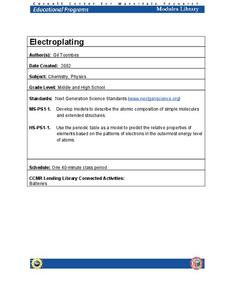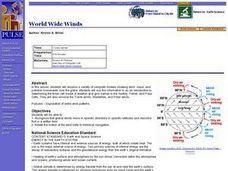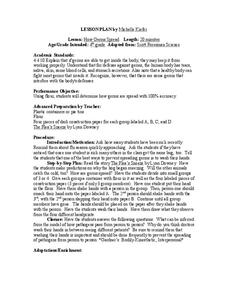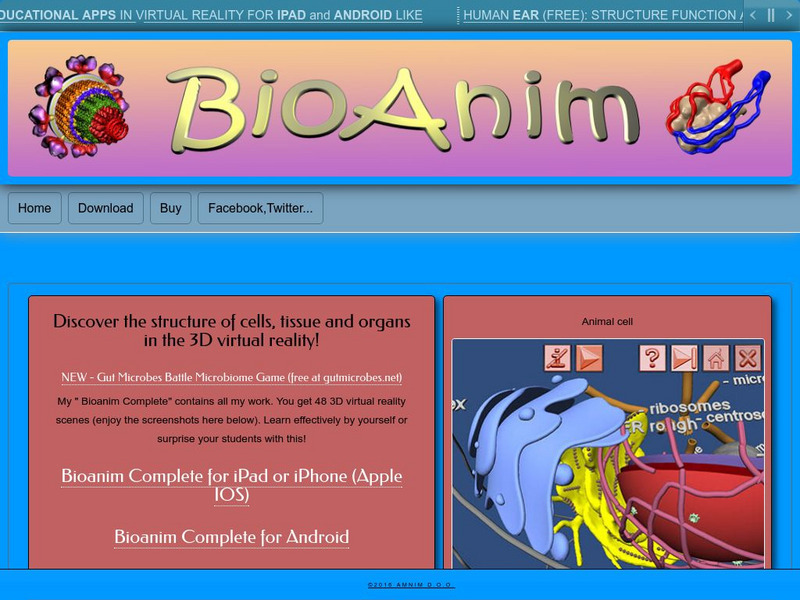Curated OER
Human Cloning: Is it Biological Plagiarism?
Is cloning good or harmful? Help your class understand the risks and benefits as they read, research, and discuss human cloning. Individuals form teams, research information, and present to the class before concluding with an in-depth...
Curated OER
Kinesin and Exocytosis
Students design a visualization to illustrate the role of the protein kinesin in exocytosis of a secretory material in a directed manner.
Cornell University
Electroplating
Silver pennies and copper nickels are made possible by applying some chemistry. Learners use electrolysis to coat a penny with zinc sulfate and a nickel with copper sulfate. Their investigation builds an understanding of electroplating...
Curated OER
Introduction to Elementary Circuits
Students explore how a circuit works and create a circuit to use energy from a battery to light a bulb. In this introduction to circuits instructional activity, the students study the parts of a circuit and have a class discussion of...
Curated OER
World Wide Winds
Students recognize that global winds move in specific directions in specific latitudes and describe that in a written form. They relate the motion of the wind belts to historical navigation.
Curated OER
Flowing Electrons
Students act out different types of circuits, and create their own circuits using wire, a bulb, a battery and a switch.
Curated OER
Fifth Grade Life Science Review/Quiz
In this life sciences review or quiz instructional activity, 5th graders use recall of knowledge to answer multiple choice questions. Students answer 20 questions.
Curated OER
Bacteria: Friend or Foe?
Students examine a variety of environmental and industrial roles of bacteria. explore where bacteria can be found and distinguish bacteria from other organisms.
Curated OER
Why Does the Bulb Light When There is Flow?
Students analyze light bulbs and their design. They create filaments and build a circuit for testing the filaments. Through experimentation, students discover how filament wire works. They explore the role of protons, electrons, and...
Curated OER
Genetics
Students explain the difference between dominant and recessive genes, identify what causes differences in the traits of parents and their offspring, and explain how sex is determined. They will also improve their reading and...
Curated OER
How Germs Spread
Fourth graders investigate how germs spread in this lesson. They listen to "The Flea's Sneeze" by Lynn Downey and make predictions on why the hog began sneezing. They then conduct an experiment using flour and paper cups demonstrating...
Other
Molecular Movies: 3 D Tutorials for Biologists
A collection of visualization-oriented tutorials for creating 3D animations for use in your biology classroom. Search by difficulty level, software package, or 3D topic area.
ibiblio
Ibiblio: Virtual Cell Web Page
A teacher- and student-contributed website of 3-D models and explanations of cell structures.
Other
Bio Anim
BioAnin presents 3-D labeled images of all of the major systems of the human body, for example, the digestive system and the endocrine system. The images are embedded in slideshows. The site also has interactive 3-D models that can be...
BiologyWise
Biology Wise: How to Make a 3 D Dna Model Project
Describes the steps for how to make a model of DNA using colored polymer clay and wire. Students will gain a good understanding of the structure of DNA by doing this project.
BiologyWise
Biology Wise: Tips on How to Make a 3 D Plant Cell Model
Describes the steps in how to make a model of a plant cell using clay and simple materials found at home. Suggestions for variations are also given.














